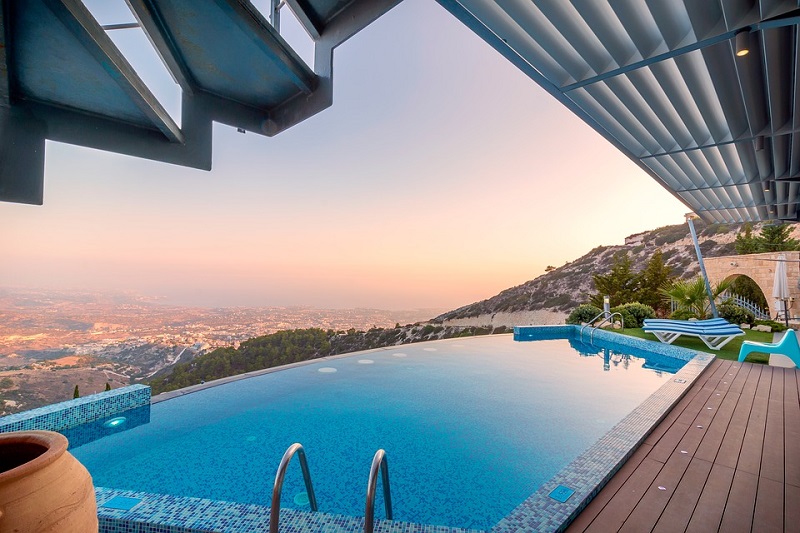The perfect modern dream home would be incomplete without a swimming pool. Whether it’s an outdoor or indoor swimming pool, an above ground or an in-ground one, every household should consider installing one. If you invest in one, you’ll be sure that after a long day at work, or during a hot summer’s day, you will have something which will soothe your nerves, and if you want to invite your friends over, it becomes a great party theme.

1. Pool Hygiene
Although indoor and outdoor pools are considered a must-have for every modern home, this luxury does not come without responsibilities. Recreational Water Illness is a term used for illnesses that are caused by swimming in unhygienic pools. Although, it is known that chlorine can kill most germs in pools, it is important to keep in mind some of more effective ways of combating this health threat. If the pH level in a pool is above 7.4 % it can cause severe damage and irritation of the eyes as well as mucous membranes. If it is below the healthy percentage, it can cause cloudy vision and skin irritations. The best way for one to control and maintain a hygienic pool environment is to consider more sophisticated alternatives such as various UV disinfection methods.
2. Indoor Pools
Indoor pools have become increasingly popular with modern day pool buyers. This kind of a pool offers you the luxury of enjoying your pool during the entire year and not just during summer. The installation process usually depends on what kind of a pool you want and how much space it is going to require. Ideas for these pools are limited only by the customer’s imagination and budget. The perfect time to start planning for the construction of an indoor pool would be before you make the blueprint for your new home where it will be built. Adding an indoor pool to a home that has already been built will only cause unnecessary problems and delay your enjoyment.
Indoor pools should be constructed so that the water slopes towards the pool so it wouldn’t move towards the walls of the home and cause damage. As far as construction materials go, this type of pool can be built from materials such as glass or ceramic. When you’re installing an indoor pool you don’t have to worry about the weather conditions as is in the case of outdoor pool construction. For indoor pools the only real issue is air humidity which needs to be maintained at 84 to 86 degrees as to avoid the appearance of mold and excessive damage to the walls. It’s therefore crucial to install plastic vapor barriers. Additionally, you can decorate the tiles of your indoor pool and add some interesting lighting.
3. Outdoor Pools
As opposed to indoor pools, outdoor pools require a lot more attention and care. In contrast, you don’t have to worry about planning like with outdoor pools because pool construction can be done any day of the year regardless of the construction of the house. Typically for outdoor pools, as opposed to indoor ones, you would want to build it so that the water slopes on the outside.
4. Outdoor Above Ground Pools
Above ground pools can vary in shape and size and it all comes down to what you want .You can set up small ones for small children, or tall and wide ones for grownups to enjoy. There are a few steps that should be followed when setting up a more complex above ground pool. First you would need to remove all the grass from the area that your pool will take up. It is important to rake the soil in order to remove excess weeds and roots, and to moisten it. Then outline the surface and create a wooden construction to hold the plates and covers together. Never forget to check if the pool is level, and for that purpose you would always want to keep a level at hand.
5. Outdoor In-Ground Pools
When it comes to outdoor in-ground pools the options are endless. These kinds of pools will never go out of style and are relatively affordable. The most popular kinds of in-ground pools are: Fiberglass, vinyl-lined and concrete. Depending on the preference of the buyer there are no significant differences between these materials. The rarest kinds are steel and aluminum-walled pools. Concrete pools generally take about 3-4 months to construct, but can last for decades – typically 30-50 years if it is on level ground.
